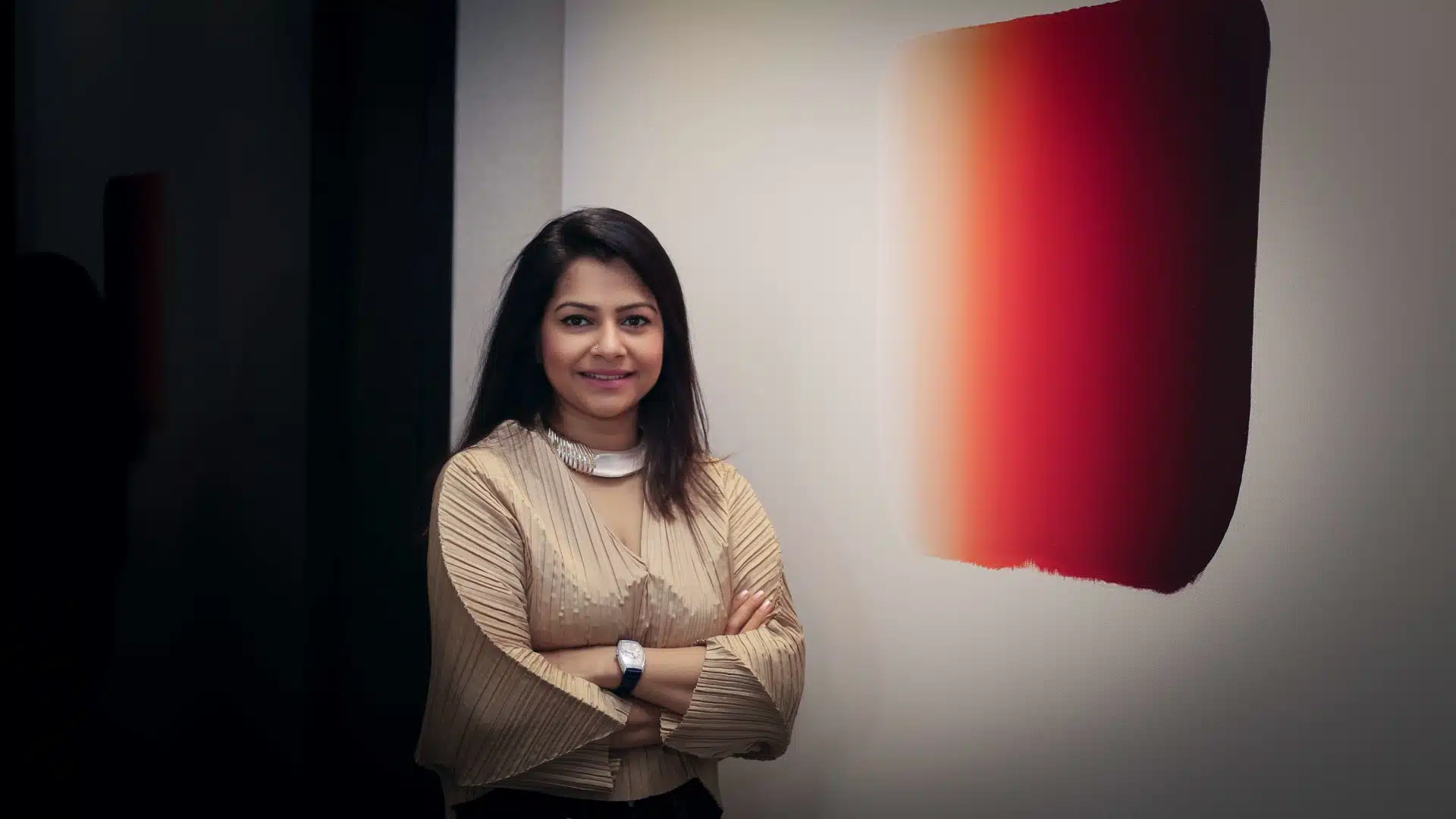In 2010, we were thinking to ourselves, “Where is Bangladeshi art? Why isn’t there Bangladeshi art at the Venice Biennale, or at Documenta, or even at India Art Fair?” So, we started the Dhaka Art Summit, as an experiment, one that led to our first edition in 2012. We said to ourselves, “If it works, it works!” There was no model for the Summit, simply a passion for art and a desire to bring forward the artists from our country and show the international art world our undiscovered talent. Now, after five editions, the Summit has grown beyond our wildest expectations, and Bangladeshi art is everywhere. What began as an experiment has taken on a life of its own.
Before my husband Rajeeb and I began the Summit and the Samdani Art Foundation, we used to travel to art fairs, exhibitions and biennales around the world as collectors, and were met with surprise from people when they found out that we were from Bangladesh. Nobody knew about the art scene in our country, nor many of our artists. In fact, and even for someone like me who lived in Bangladesh, it was difficult to know about all that was going on in the country. The Foundation began due to this interest and curiosity — we realised the need to support our artists in getting their names out there in the wider world. While we initially started by helping artists show in exhibitions abroad, we soon realised that it wasn’t enough. We needed a platform in the country, where people from around the world would come to experience the breadth of Bangladeshi and South Asian art in its context. This is how the Dhaka Art Summit was born.
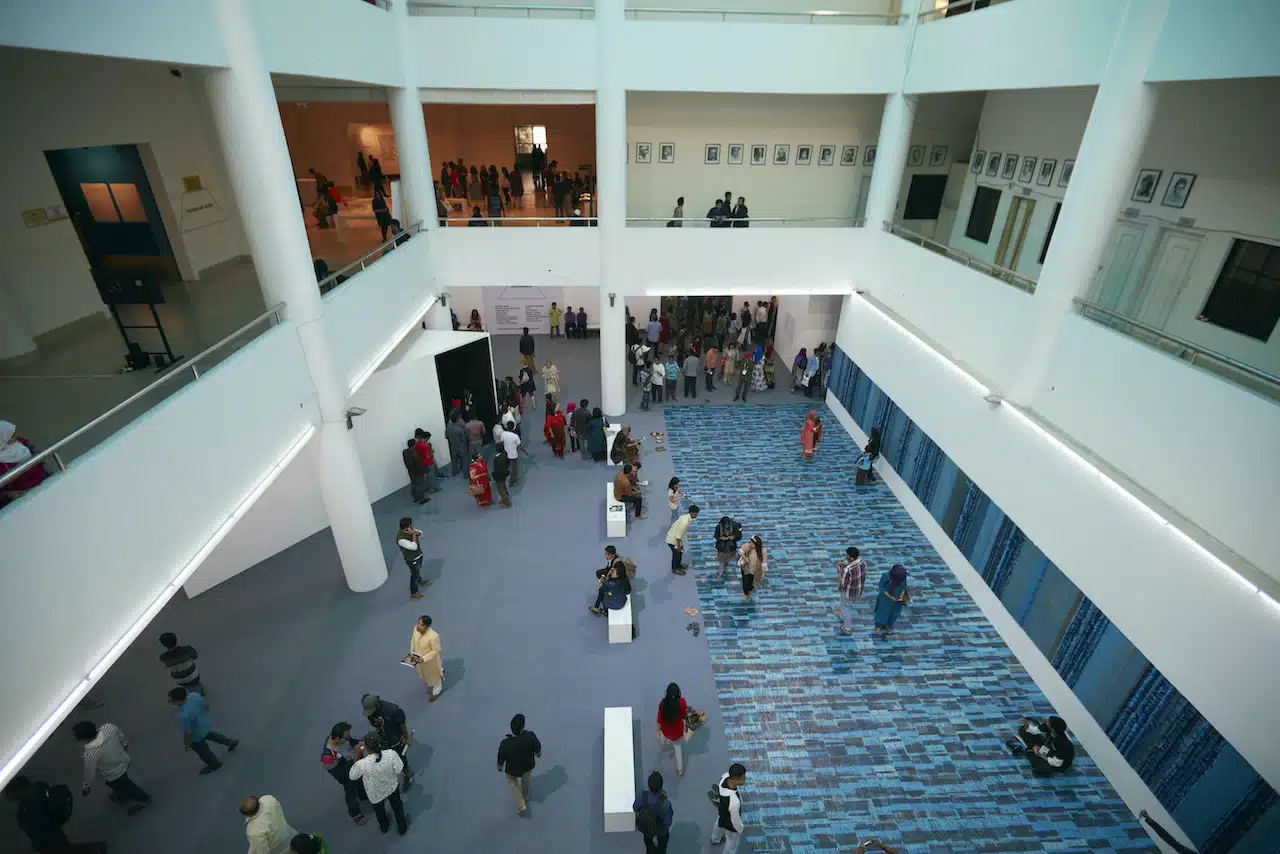
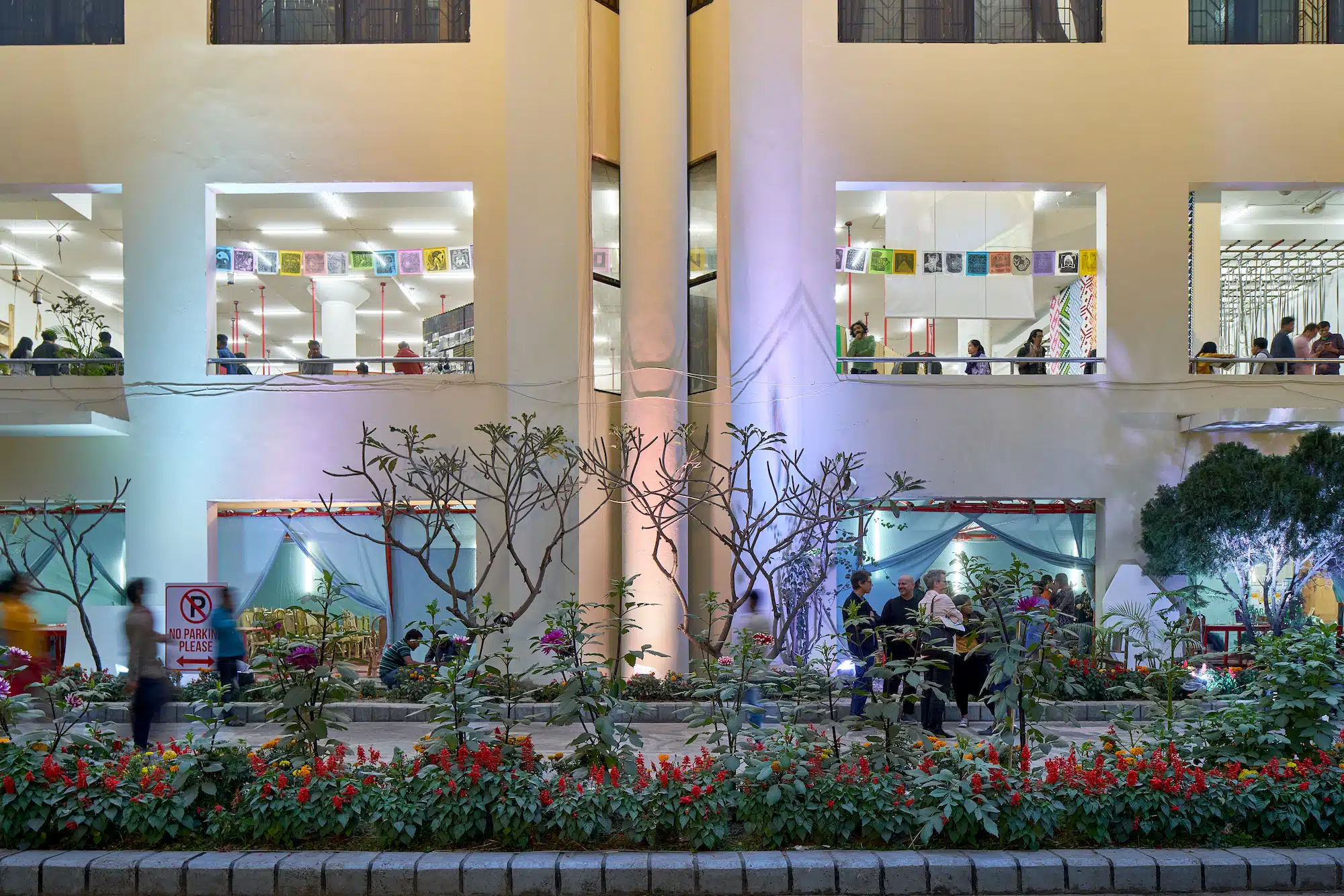
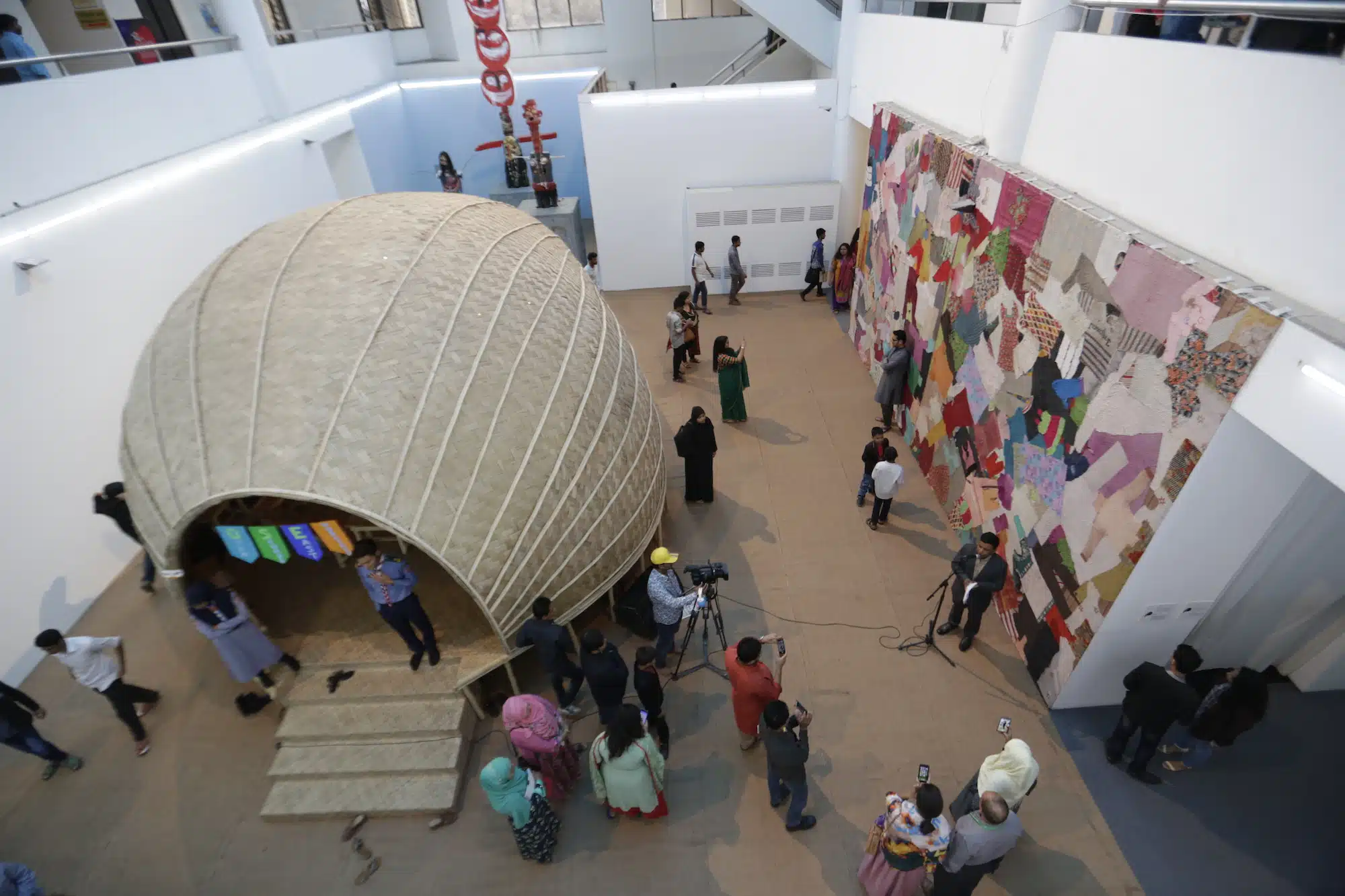
Top to bottom: From small-scale to monumental works, Dhaka Art Summit has commissioned some of the most iconic and experimental artists from the region, 2018-20. Courtesy of Dhaka Art Summit
Around that time, there was a buzz in the air. Almost every South Asian country was coming up with world-class venues, be it India Art Fair in Delhi, the Kochi-Muziris Biennale or the Kathmandu Triennale, Colomboscope, or the Karachi and Lahore Biennales. To us, it felt like a movement, in which all of us were together creating something new for ourselves and the world. It was a time of great collaboration, and we were all friends, sharing ideas and advising each other to further our shared commitment to South Asian art while developing our own unique identities as platforms. In fact, the initial question, ‘Where is Bangladeshi art?’ was converted into a concrete imperative to start something like the Dhaka Art Summit at India Art Fair in 2010, with friends who were also visiting and wondering with us. It has all truly been a community effort.
“We don’t need to be justified by the Western art world to recognise our talent, but the eye of the art world has shifted and they have become more curious about what is happening here.”
Since that time, there has been huge growth in South Asian art. Our artists are being shown at every major international fair, being represented by international galleries, and being acquired by world-class museums. We no longer need to wonder, where is Bangladeshi art, Indian art or South Asian art. Of course, we don’t need to be justified by the Western art world to recognise our talent, but the eye of the art world has shifted and they have become more curious about what is happening here. More than half a million people visit the Summit every edition to find unknown artists and fresh works. Such a public space for art hadn’t existed here before, and we are so proud to see it become a venue attended by all people, from all kinds of backgrounds.
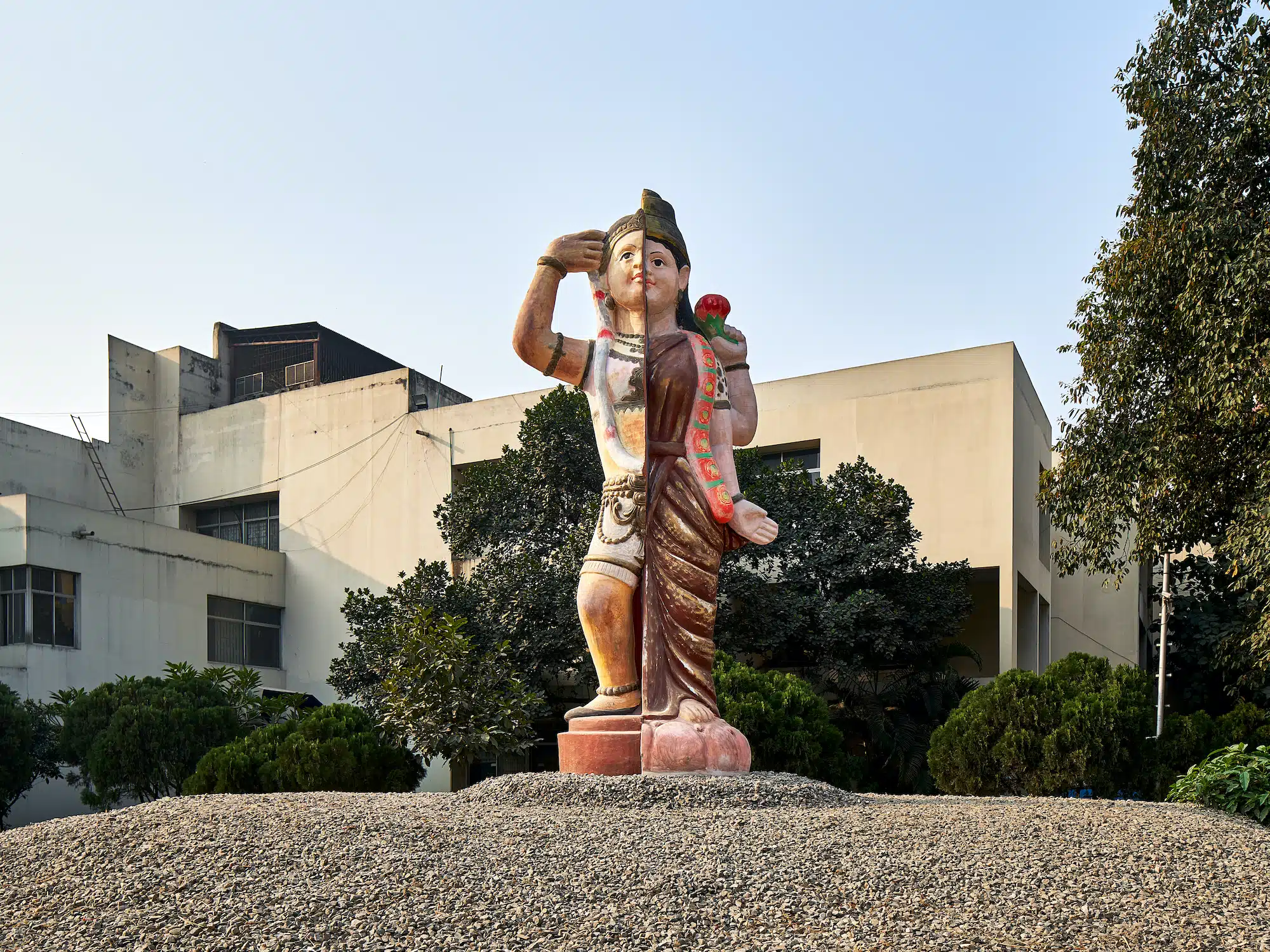
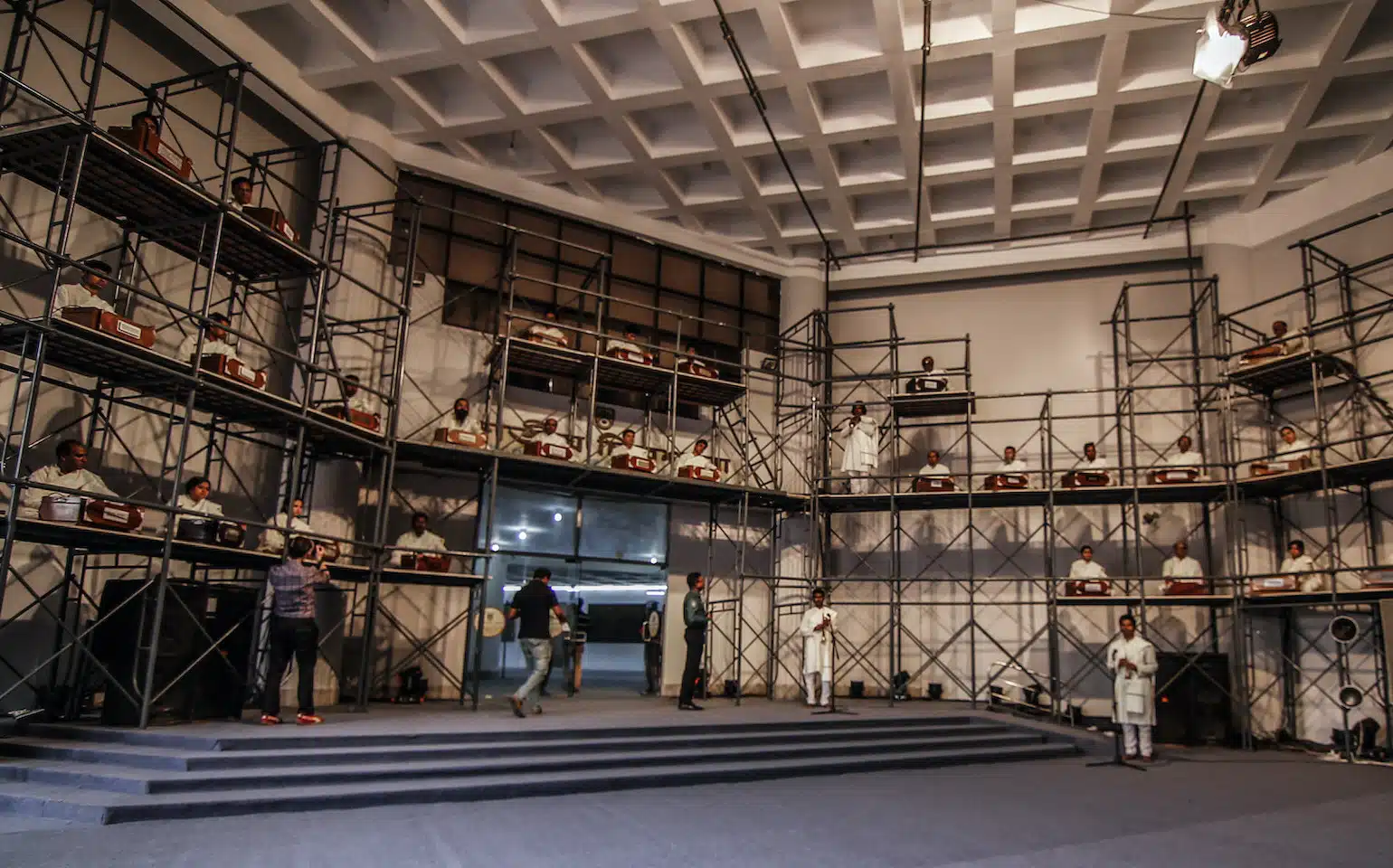
Top to bottom: Bharti Kher’s larger than life outdoor sculpture ‘Intermediaries’ and Reetu Sattar’s ‘Harano Sur’ or Lost Tune performed by 35 musicians at the Dhaka Art Summit. Courtesy of Dhaka Art Summit
The future is exciting. For us, it has become increasingly important to create permanent public art spaces in Bangladesh. Our newest project in the making is a large sculpture park and art centre with a residency space, Srihatta, at the border of Bangladesh and Assam in India, near the city of Sylhet. Some of the huge institutional sized works that we have collected will be housed in the art centre, and the sculpture park will host new and exciting projects by artists to whom we have given a free reign as to themes, collaborators, space, anything.
As for Dhaka Art Summit, it has grown beyond something that we host. It is now something that the country owns. The sculpture park and the art centre too will be Bangladesh’s project and a space for its artists and culture to flourish.
Nadia Samdani MBE is the co-founder of the Samdani Art Foundation which awards grants, holds seminars and forums for Bangladeshi artists. The Srihatta: Samdani Art Center and Sculpture Park is now open to visitors, and the next edition of the Dhaka Art Summit will be held in Dhaka from 3 to 11 February in 2023.


